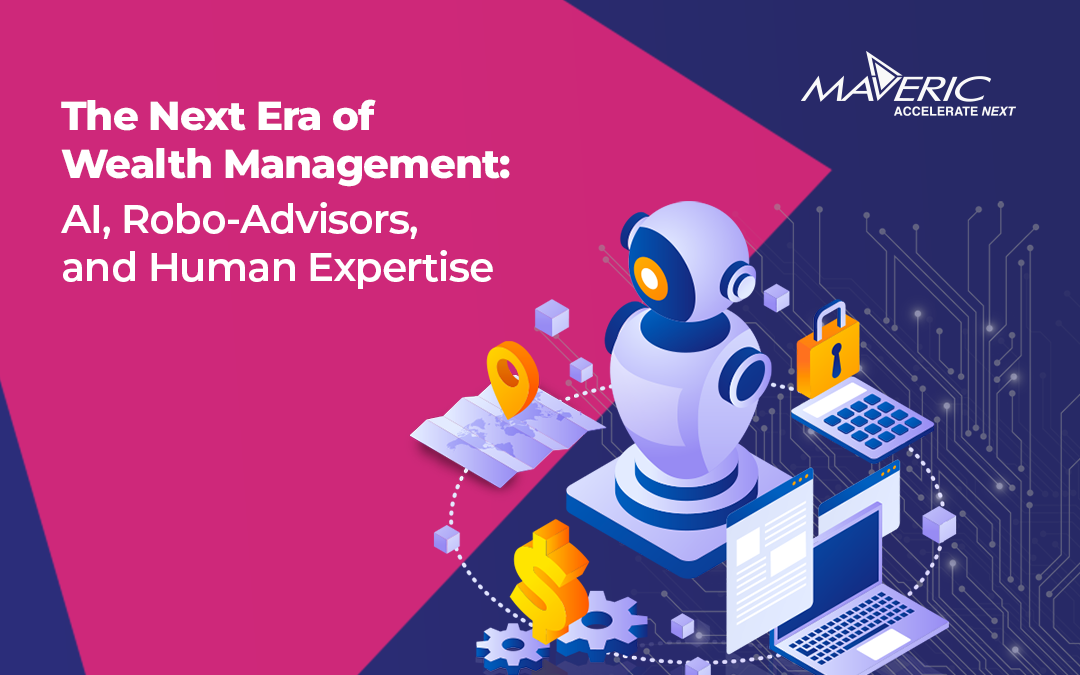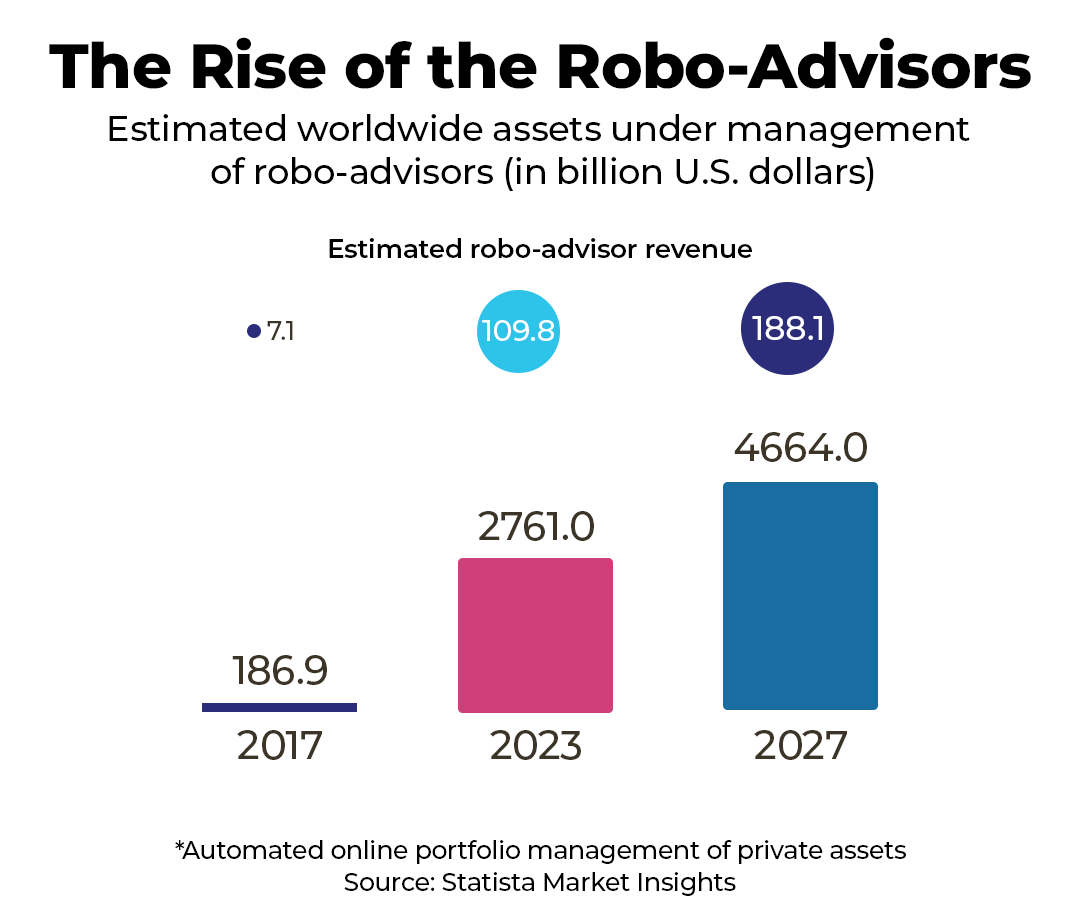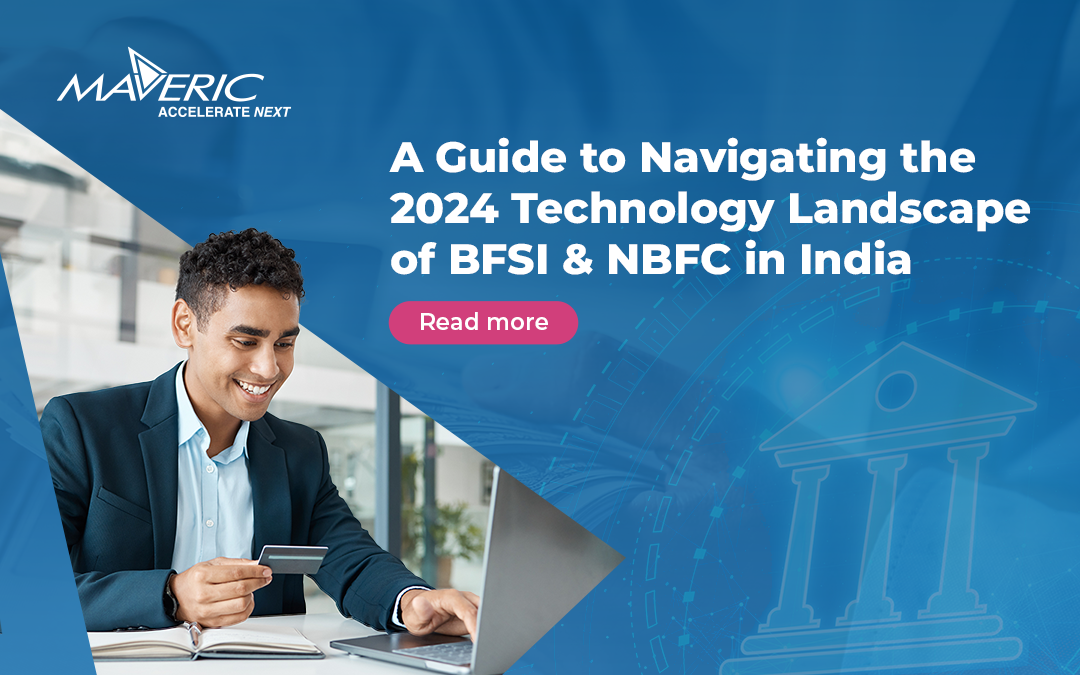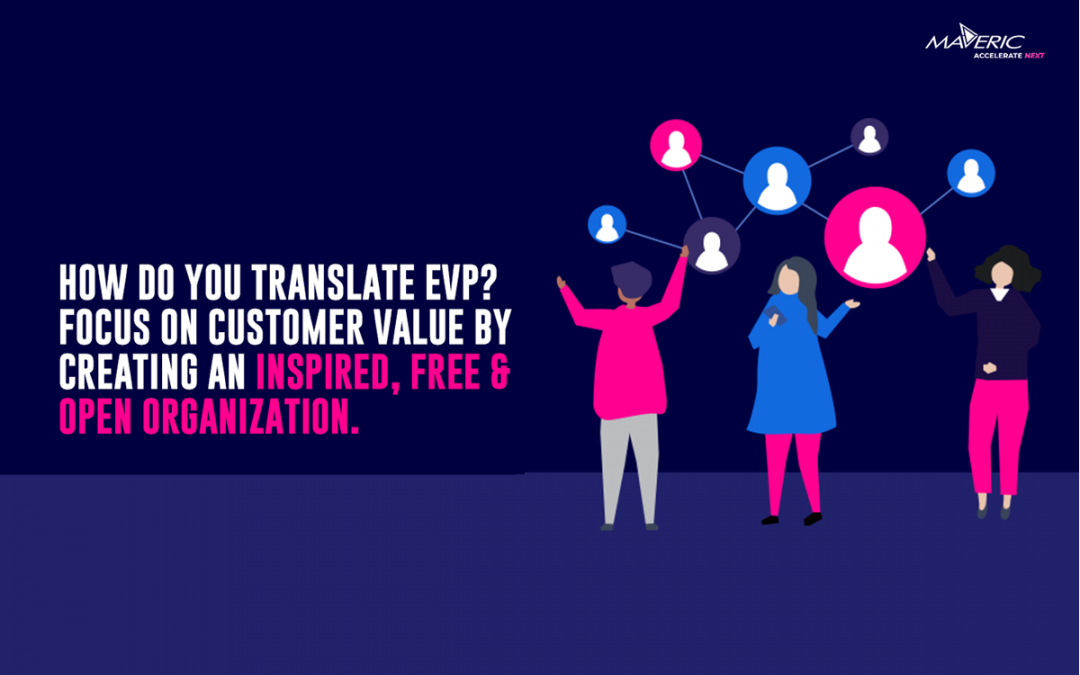From “Remote” to “Re-mote-ivated” – Maveric’s Collaborative Comeback
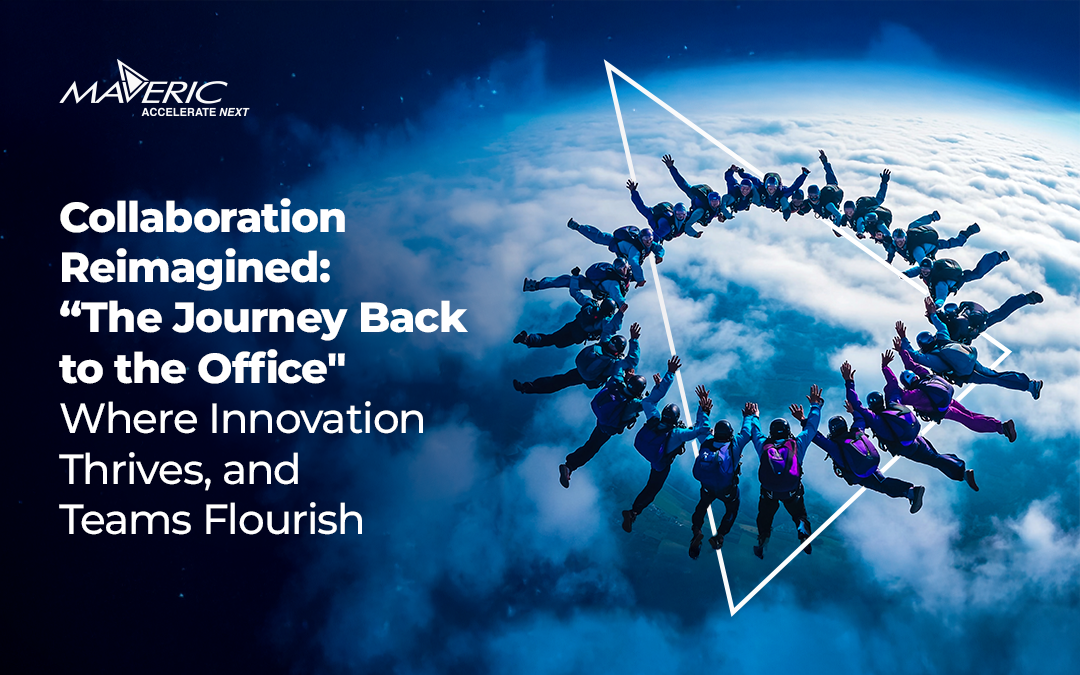
The COVID-19 pandemic pushed a global workforce to go remote, and Maveric, like many organizations, adapted swiftly to this new reality. While remote work offers flexibility and resilience, a growing body of evidence suggests that the limitations of virtual interactions can hinder innovation, collaboration, and company culture. A recent Microsoft study found that remote work can lead to “siloed thinking” and a decrease in cross-team Collaboration.
Navigating the New Normal – From “Zoom Fatigue” to “Room for Zoom”
Maveric deliberated returning to the office as the pandemic receded, a move that echoes a broader trend across industries. Google, Apple, and Amazon have all implemented hybrid work models, recognizing the value of in-person collaboration and its positive impact on engagement and productivity. A PwC survey reveals that 87% of executives believe the office is essential for fostering a sense of belonging and building solid relationships.
Improving Employee Relationships is vital to enhancing Collaboration.
Consider an alarming industry stat: more than one in two managers (53%) feel burned out. In a post-COVID environment, companies have stepped up their efforts to improve relationships through a slew of engagement events—surveys to measure employee sentiment, offer mental health resources, enhance their culture of recognition, promote open communication, and renew investments in building trust and employee development. One crucial focus area is revisiting the physical design of the modern workspace.
The Power of Presence: Data-Driven Insights. Where “IRL” Beats “URL”
The return to the office is not a nostalgic throwback but a strategic imperative backed by compelling data. According to a recent HBR study, face-to-face interactions are three times more likely to lead to successful Collaboration than virtual ones. Furthermore, Gallup research indicates that employees who spend some time working in the office are more likely to be engaged and connected to their company culture.
Maveric recognizes that while technology bridges the gap, it cannot fully replicate the energy and synergy that arise when teams gather in a shared space. This understanding aligns with the findings of a McKinsey report, which highlights the importance of “serendipitous encounters” and informal interactions for generating new ideas and fostering innovation.
Pandemic Panic” to “Post-COVID Power-Up”: Lessons from the Analysts.
Businesses are recovering from the pandemic by reimagining their business model and focusing on four areas: recovering revenue, rebuilding operations, rethinking the organization, and accelerating digital adoption. The third step – rebuilding operations – has immediate returns on maximizing revenue opportunities. In that regard, consider how collaboration is emerging as the top game changer.
- McKinsey surveyed 800 global executives and found that 70% believe their companies must change their business models to survive and thrive in the post-pandemic world.
- A Bain & Company study finds that companies that quickly recover from crises outperform their competitors by 20%.
A New Space for a New Era: “Cubicle Camaraderie” Makes a Comeback
Maveric’s relocation to the expansive Kalyani Vista office in JP Nagar, Bengaluru, underscores the company’s commitment to collaboration. The 1000-seater premium facility is easily accessible and offers a dynamic environment that fosters cross-team interaction and knowledge sharing. The transition is a tangible embodiment of Maveric’s dedication to providing its associates with an optimal work environment, echoing the approach of companies like Salesforce, which recently invested in redesigned office spaces that encourages collaboration and creativity.
Fueling Growth and Vision: “Teamwork Makes the Dream Work”
Returning to the office and moving to a state-of-the-art facility aligns with Maveric’s ambitious growth strategy and vision to lead the BankTech space. The enhanced collaboration and team dynamics from in-person interactions fuel innovation, accelerate project delivery, and create a fertile ground for fresh ideas to germinate.
Aided by its emphasis on expanding service lines and venturing into new geographies, the strategic decision reinforces Maveric’s commitment to promoting community values and shared purpose. Additionally, the shift helps the leading Tech systems aggregator in attracting and retaining top talent and creating a cohesive team that navigates the complexities of global expansion to deliver exceptional value to clients.
The Future of Work is Hybrid, But the Heart of Collaboration is Human
Maveric’s return to the physical office post-COVID highlights the company’s forward-thinking approach to fostering collaboration, strengthening its culture, and achieving its strategic objectives. Embracing the power of a world-class work environment is a bold step towards shaping a future where innovation thrives, teams flourish, and Maveric continues to redefine the boundaries of what is possible in the BankTech industry.
About Maveric
Established in 2000, Maveric Systems is a niche, domain-led, BankTech specialist, transforming digital ecosystems across retail, corporate, wealth management, cards & payments and lending domains. Our 2600+ specialists use proven solutions and frameworks to address formidable CXO challenges across Customer Experience, Assurance, Regulatory Compliance, Process Excellence and New age AMS.
Our competencies across Data, Digital, Cloud, DevOps, AI and automation helps global and regional banking leaders as well as Fintechs solve next-gen business challenges through emerging technology. Our global presence spans across 3 continents with regional delivery capabilities in Amsterdam, Bengaluru, Chennai, Dallas, Dubai, Kingdom of Saudi Arabia, London, New Jersey, Pune, Riyadh, Singapore, Sweden, Dubai and Warsaw.
Our inherent banking domain expertise, a customer-intimacy-led delivery model, and differentiated talent with layered competency – deep domain and tech leadership, supported by a culture of ownership, energy, and commitment to customer success, make us the technology partner of choice for our customers.
View
